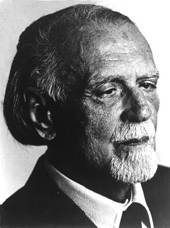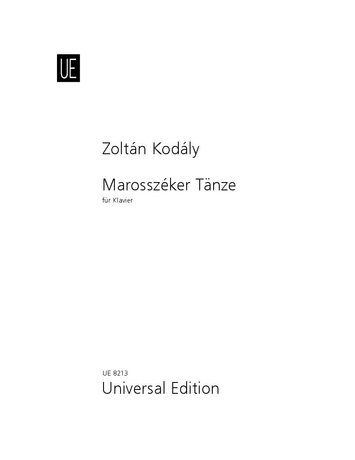

Zoltán Kodály
Dances of Marosszék
Duration: 12'
Instrumentation details:
piano
Kodály - Marosszéker Tänze for piano
Translation, reprints and more

Zoltán Kodály
Kodály: Dances of Marosszek for pianoOrchestration: for piano
Type: Noten

Zoltán Kodály
Kodály: Dances of Marosszek for pianoOrchestration: for piano
Type: Faksimile
Audio preview
Work introduction
“My nurse, a Hungarian from Marosszék, was a good singer, a good Heyduc dancer“, writes John Kemeny, prince of Transylvania (1607-1662) in his autobiography.
It is perhaps no accident that most of the old folk-dance music has been preserved unto our days in the district of Marosszék and that some pieces are called “Marosszéki” even in other regions.
It is probable that these pieces, known to us as instrumental, were originally sung. Of some of them the worded vocal has even been found. Until the war, one could hear such pieces in every village, played either on the violin or on a shepherd’s flute; old people used to sing them. The famous Hungarian dances, world-famous through Brahms are the expression of the spirit of the Hungarian city about 1860, being mostly composed by native musicians of this epoch. The Marosszék dances are of a former period, suggestive of the image of Transylvania, once called “Fairyland”.
Zoltan Kodály.
